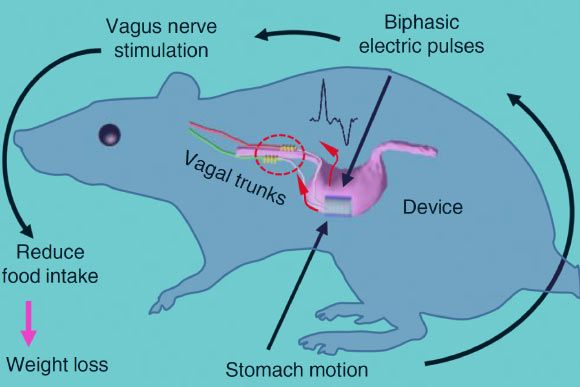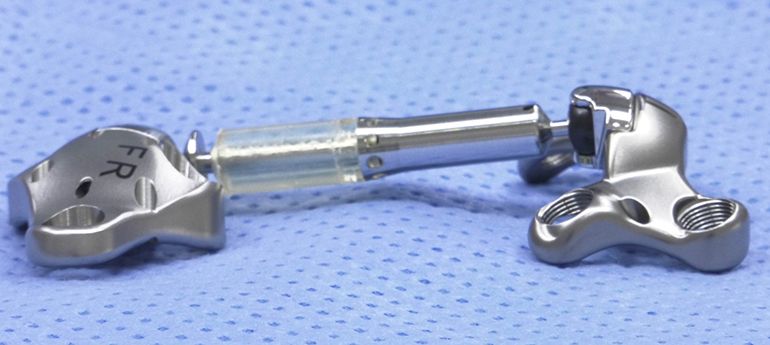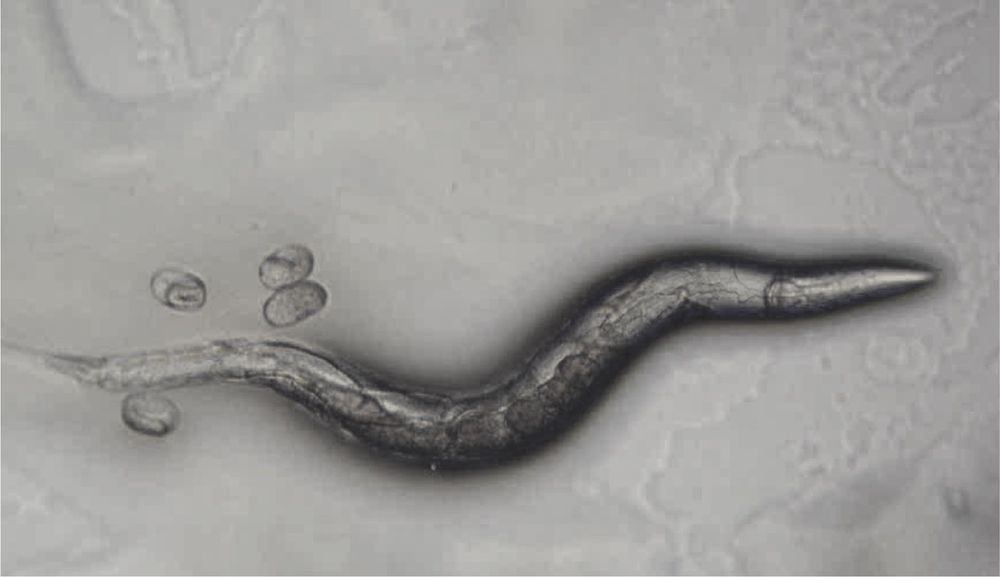An international team of researchers led by University of Wisconsin-Madison scientists has developed an easily implantable weight-loss device. In lab experiments, the device helped rats shed 38% of their body weight.



The most deadly aspect of breast cancer is metastasis, cancer cells spreading throughout the body. Researchers at the University and the University Hospital of Basel have now discovered a substance that suppresses the formation of metastases. In the journal Cell, the team of molecular biologists, co…
Celebrate Bedford Day, a celebration of the first human to be placed into cryonic suspension.
Dr. James Bedford is the oldest person currently in Cryostasis.
On Jan. 12, 1967, James Bedford, a psychology professor at Glendale College in California who had just died of cancer, took his first step toward coming back to life. On that day, the professor became the first person ever frozen in cryonic suspension, embedded in liquid nitrogen at minus-321 degrees Fahrenheit.
Ben Best will give a presentation on:
Advances in Cryonics Technology since James Bedford.




Through treating everything from strokes to car accident traumas, neurosurgeon Jocelyne Bloch knows the brain’s inability to repair itself all too well. But now, she suggests, she and her colleagues may have found the key to neural repair: Doublecortin-positive cells. Similar to stem cells, they are extremely adaptable and, when extracted from a brain, cultured and then re-injected in a lesioned area of the same brain, they can help repair and rebuild it. “With a little help,” Bloch says, “the brain may be able to help itself.”
David is a paraplegic — but now he can walk again.

A total knee replacement is usually the result of the cartilage within the joint wearing out due to arthritis. Such surgeries are difficult to perform, require a good deal of rehabilitation, and too often result in sub-optimal outcomes. An implantable shock absorber has now been implanted for the first time in the United States to test whether it can delay the need for total knee replacements, and maybe even avoid such procedures completely in many patients.
The Calypso Knee System was developed by Moximed, a company based in Fremont, California, and surgeons at The Ohio State University Wexner Medical Center are the first to try it out in the U.S. The device attaches to the sides of the femur and tibia bones, away from the joint itself and therefore doesn’t alter the anatomy of the fragile joint.


Demonstrating the preservation of cells after a living organism is pronounced dead and revived is not a traditional bioart topic. But it is an important one. It is a crucial step for advances in the use of lowered temperatures for sustaining the efficacy of organs and organisms during medical procedures, and especially of preserving neurons for the science cryonics.
My recent bioart research is a breakthrough that will help to build momentum toward more advanced studies on information storage within the brain, as well as short-term behaviors of episodic, semantic, procedural, and working memory.
In this article, I will review how I became involved in this research, the guidance along the way, my initial training at 21st Century Medicine, pitching the research project to Alcor, and submitting my proposal to its Research Center (ARC). I will then take you into the lab, the process of trial and error in our first studies, developing a protocol based on olfactory imprinting and applying several cryopreservation methods, developing the migration index, and the rewards of working with a lab technician who became an admiral colleague.